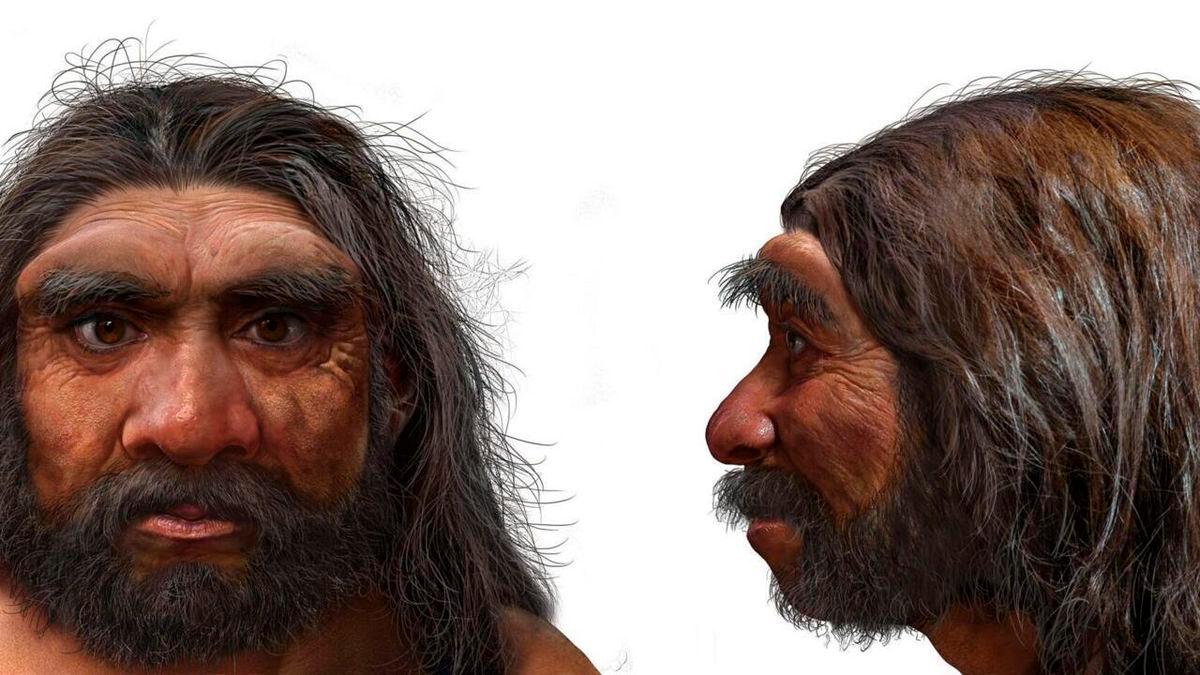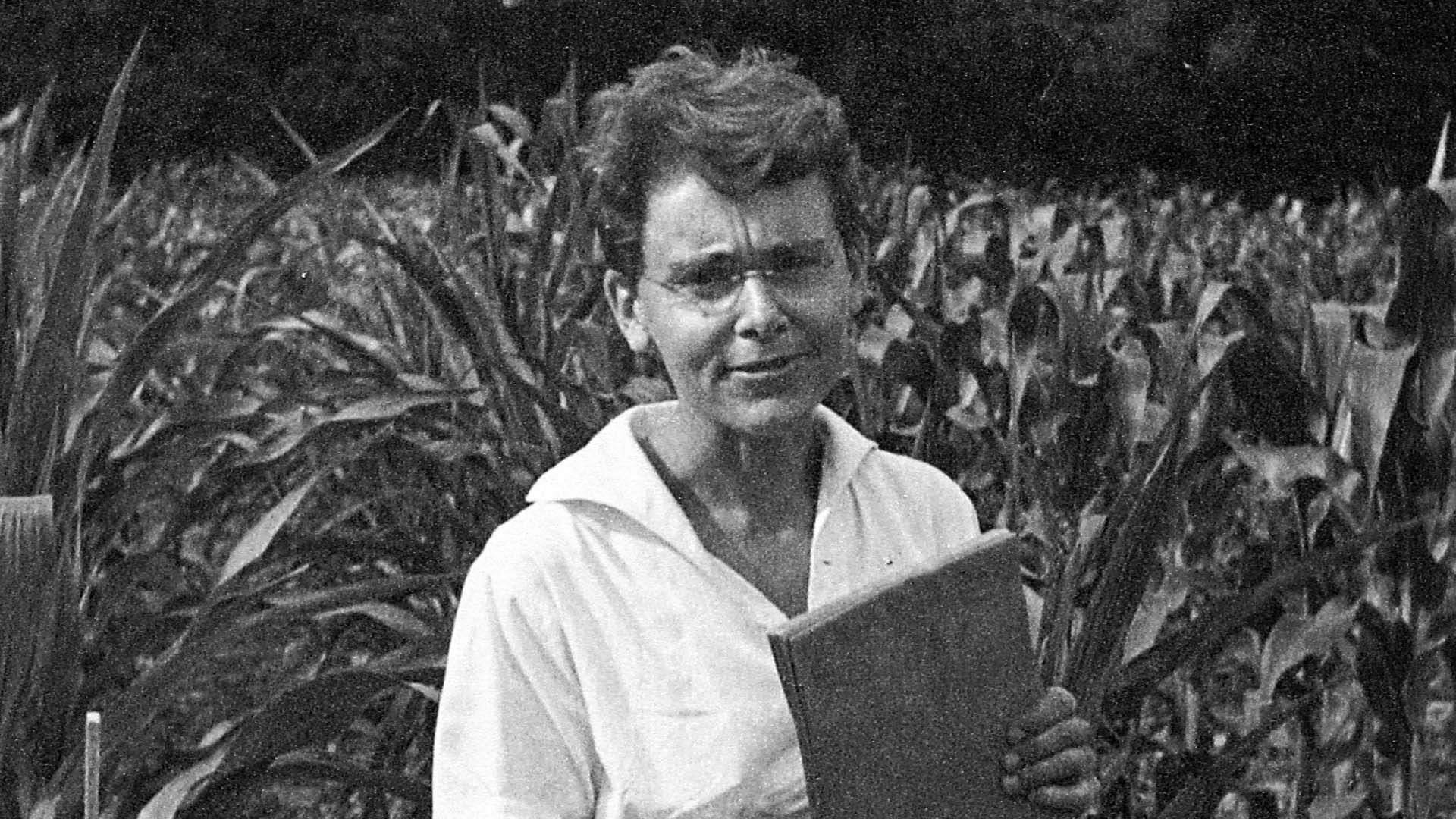A remarkable fossil unearthed in China is forcing scientists to rethink long-held assumptions about the timeline of human evolution.
A recent archaeological find in China has drawn the interest of the worldwide scientific community. Scientists have discovered a remarkably well-preserved human skull that displays a mix of ancient and modern traits, questioning earlier theories on the timeline and processes of human evolution. This discovery provides a rare insight into the complex network of hominin species that existed tens of thousands of years ago, indicating that human evolution may have been significantly more complex than previously believed.
The finding and its importance
Los restos del cráneo fueron extraídos de una cueva en el sur de China, donde las capas de sedimento han conservado vestigios de varias épocas. Las técnicas preliminares de datación sugieren que el fósil podría ser considerablemente más antiguo que ejemplares similares hallados en otras regiones de Asia. Su morfología única, que presenta características tanto de humanos arcaicos como de Homo sapiens anatómicamente modernos, sugiere que diferentes poblaciones humanas podrían haber coincidido e interactuado mucho antes de lo que los científicos habían considerado posible.
Experts believe that this discovery has the potential to alter a segment of the evolutionary history. Conventional models typically illustrated a straight line from early species to contemporary humans, yet the Chinese cranium supports the concept of a branching, mosaic evolution. These findings suggest a more dynamic evolution, where groups evolved simultaneously and shared genetic information across different areas.
The implications extend beyond academic debate. By revealing a broader spectrum of human diversity in ancient Asia, the fossil challenges assumptions about migration, adaptation, and survival strategies during the Pleistocene epoch. It highlights how local environments influenced evolutionary outcomes and underscores the importance of East Asia as a center of human development.
Insights into human diversity and adaptation
One of the most striking aspects of the Chinese skull is its combination of traits. While certain features, such as a prominent brow ridge and robust facial structure, are reminiscent of archaic humans like Homo erectus, other aspects, including the shape of the braincase and dental patterns, align more closely with modern humans. This blend suggests that evolutionary experimentation may have been common, with different populations retaining certain primitive traits while adopting others advantageous for survival.
The find also provides insight into adaptation strategies. Researchers hypothesize that environmental pressures in East Asia, such as fluctuating climates and diverse ecosystems, may have driven evolutionary innovation. Populations living in these regions would have needed to adapt to varying resources, predation risks, and social structures, resulting in the mosaic of features observed in the skull. This highlights the interconnected nature of biological evolution, environmental change, and cultural development.
Genetic analysis, once feasible, could further illuminate these patterns, potentially revealing evidence of interbreeding with other hominin species. Previous discoveries, such as Neanderthal and Denisovan DNA in modern populations, have demonstrated that gene flow between species was not uncommon. The Chinese skull may provide additional context, helping to map out the evolutionary relationships that shaped modern human diversity.
Rethinking the movement of humans and historical timelines
The findings in China lead to a reassessment of human migration routes. Traditional theories typically considered East Asia as a destination for modern humans moving out of Africa at a later stage. Yet, the age of this skull points to the possibility that hominin groups arrived in the area sooner than previously believed, engaging with indigenous archaic species. This implies that East Asia might have had a more pivotal role in influencing human evolution than was previously recognized.
Such a shift in perspective has wide-ranging implications. It suggests that human evolution was not a simple, unidirectional process but a network of populations adapting and exchanging traits across vast distances. Migration events, once thought to be isolated, may have involved multiple waves of movement and complex interactions, resulting in a rich tapestry of evolutionary history.
The archaeological context provides additional support for these concepts. Objects such as tools, decorative items, and other cultural relics discovered near the remains suggest that these groups had sophisticated abilities and complex social systems. These discoveries question old-fashioned beliefs that early humans in Asia were less technologically or socially developed compared to those in Africa, highlighting the notion that innovation took place independently in various parts of the world.
Wider influence on the study of evolution
This finding holds significant importance not just for comprehending human evolution in East Asia, but also on a worldwide scale. It underscores the necessity for more archaeological exploration in areas that have received less attention compared to Africa and Europe. Every new fossil, artifact, or genetic sample can potentially alter the narrative of human history, emphasizing to researchers that the tale of our species is much more complex than a straightforward, linear journey.
Moreover, this discovery promotes cross-disciplinary cooperation. Paleoanthropologists, geneticists, and archaeologists are joining forces to create a clearer understanding of human evolution. By merging fossil evidence with genetic information, scientists can gain a deeper comprehension of the timeline, variety, and survival strategies of ancient humans. This comprehensive method is likely to provide fresh perspectives that will keep questioning beliefs and ignite dialogue among scientific circles.
The finding of the Chinese skull highlights the significance of safeguarding fossil locations. Quick expansion of cities and industrial growth in various regions of Asia poses a risk of obliterating crucial clues from our history. Preserving these places guarantees that forthcoming generations of scientists can persist in unearthing and examining the intricacy of human development.
The ongoing research may yield important details from the Chinese skull, helping to bridge gaps in the history of human evolution. New dating techniques, high-definition imaging, and genetic analysis could uncover additional information about the individual’s life, health, and heritage, providing remarkable understanding of the interactions among various hominin groups.
This finding highlights that the evolution of humans is not a simple narrative but rather a complex tapestry of movements, adaptations, and links. Every new discovery enhances our understanding, indicating that the beginnings of humankind are intricate, intriguing, and still not completely uncovered. The fossil discovered in China strengthens the concept that East Asia played a crucial role in human evolution, requiring ongoing research, investigation, and conservation.
While researchers delve into this finding, it becomes evident that our comprehension of how humans have evolved is still developing. Each fossil discovery allows scientists to piece together a more detailed, complex, and globally connected story than ever thought possible. It appears that the narrative of human history is not yet finished, and this extraordinary skull is aiding in revising the yet untold chapters.




